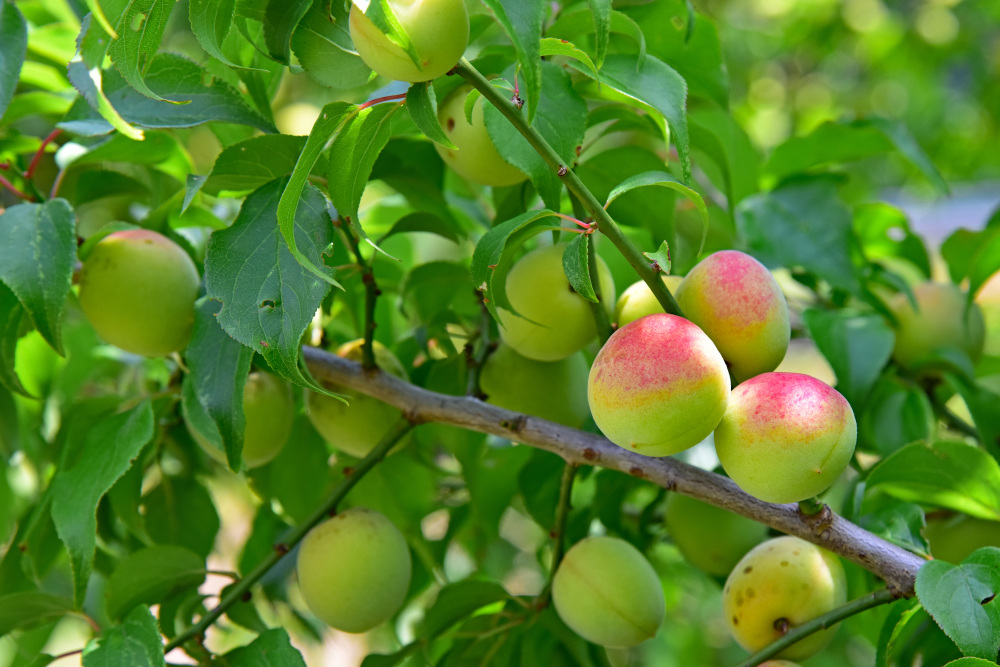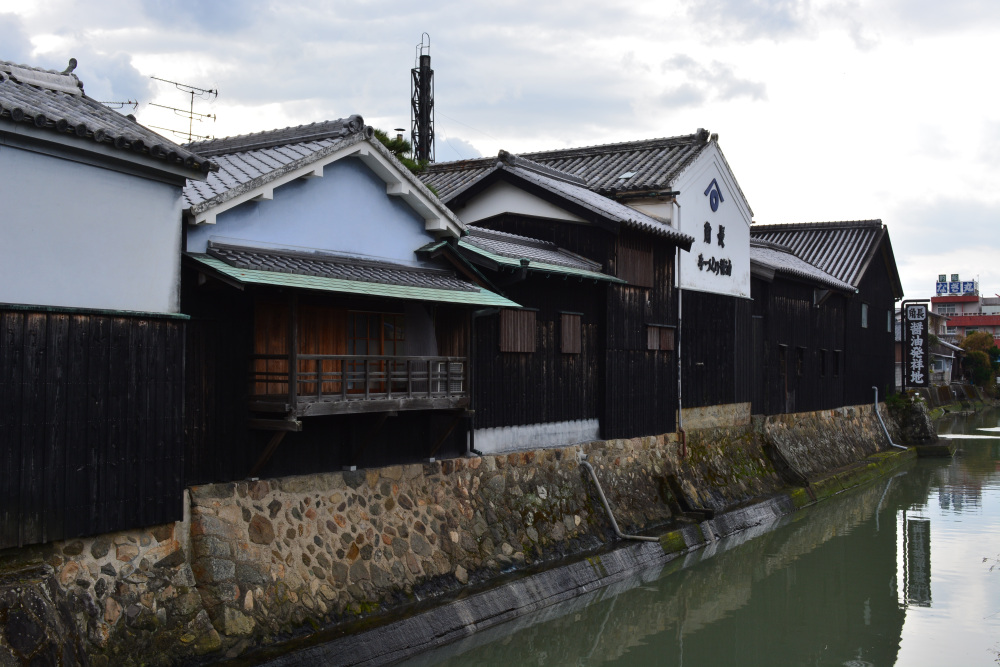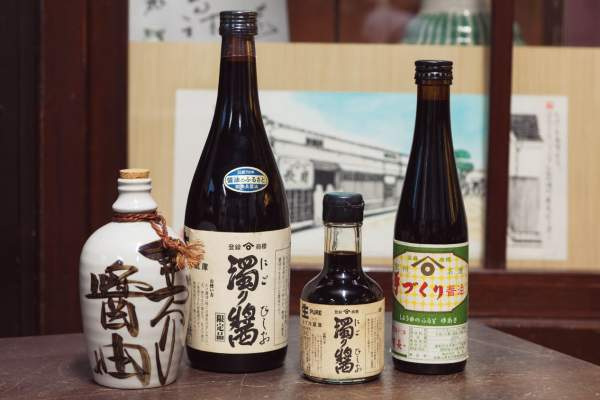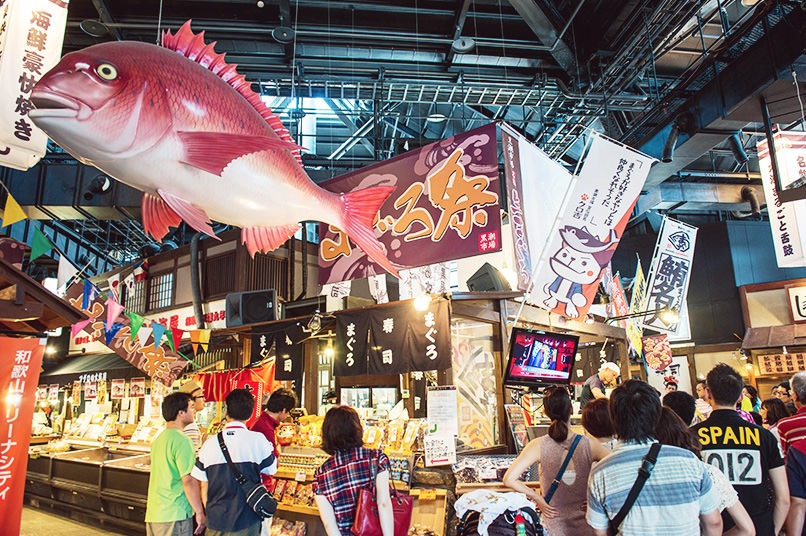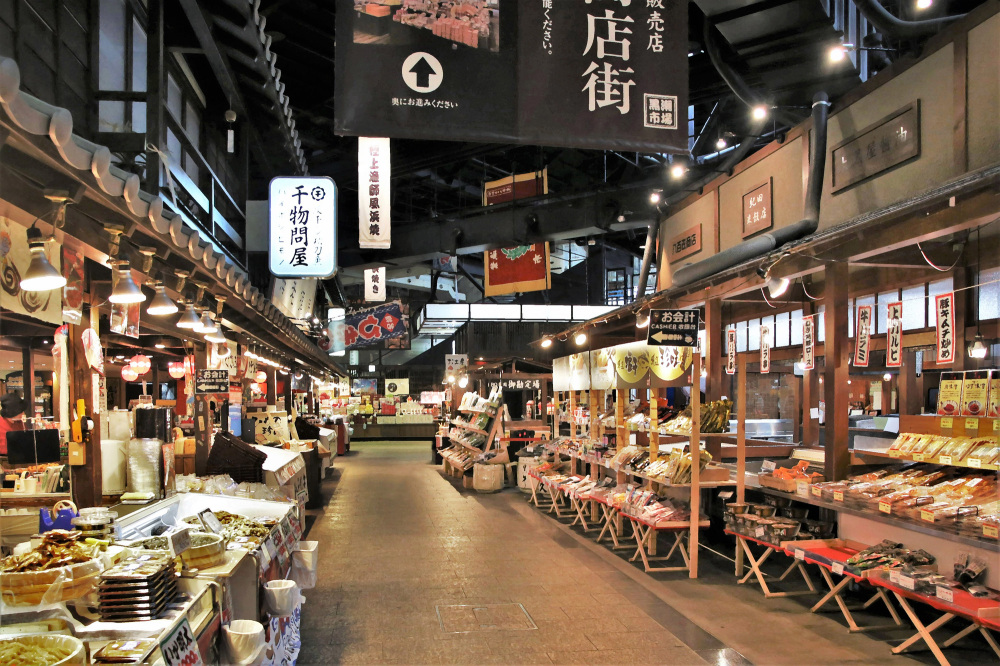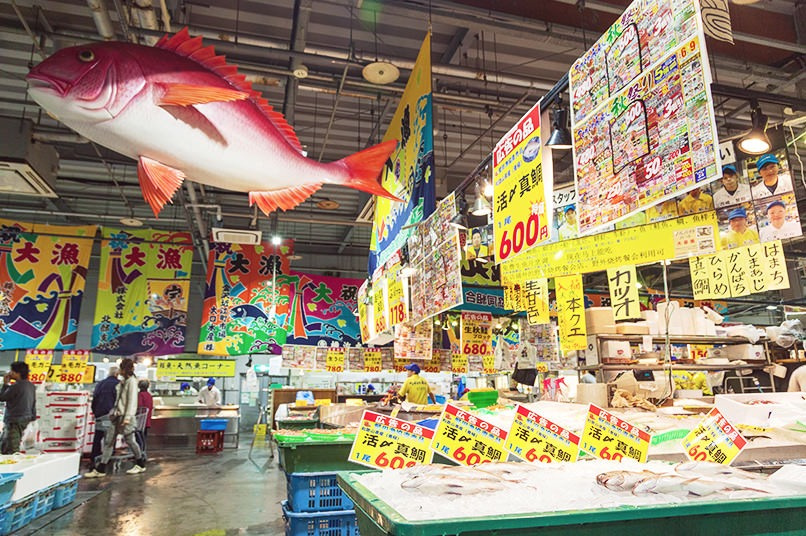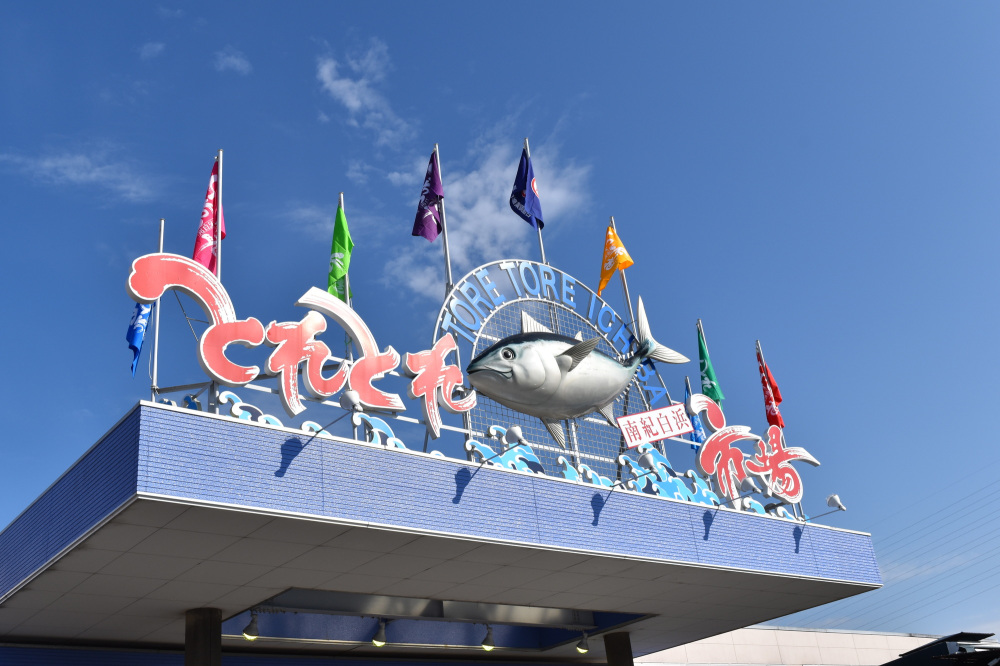Popular Gourmet Foods, Sweets and Goods in Wakayama
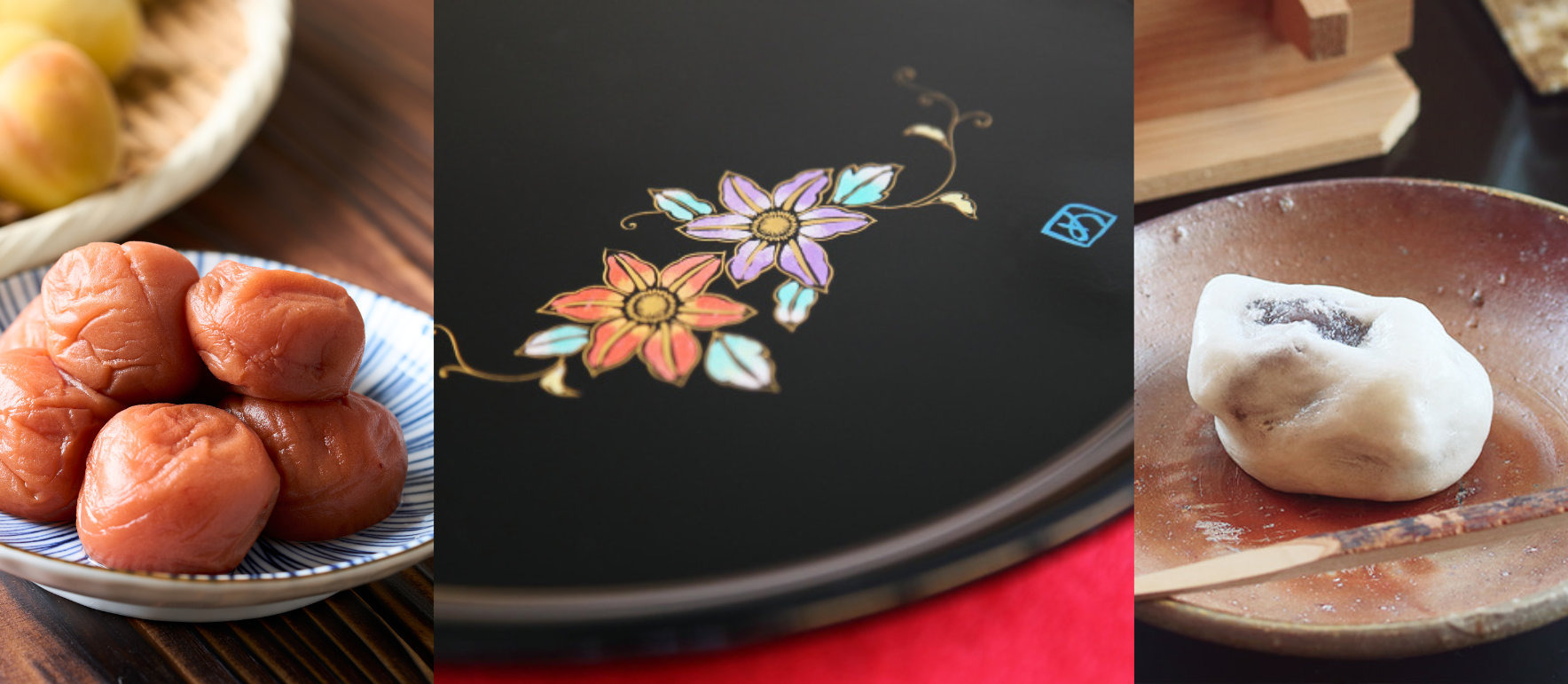
From products made from ume (Japanese apricot) and soy sauce, which are local specialties, to delicious sweets that have long been loved by the locals, and from traditional handicrafts that reflect the attention to detail of craftsmen to lucky charms unique to Koyasan, a World Heritage site visited by pilgrims, we will introduce you to exciting souvenirs perfect for your trip to Wakayama. Whether you buy them for your family and friends or for yourself, you are sure to find a souvenir that will become a memento of your trip.
Since it is one of Japan's representative production areas, ume (Japanese plum) cannot be missed!
Wakayama Prefecture, blessed with a mild climate, produces the largest amount of plums in Japan, including the Nanko-Ume variety. They are popularly processed into pickled plums, plum wine, plum juice, and other products. The standard "umeboshi" (pickled plums) last for a long time, and some are individually packaged, making them a good souvenir.
Plum blossoms bloom as if to call for spring, and the best time to see them is from late January to early March (depending on the region). After the flowers fall, the plum trees bear fruit, and harvesting of the green plums begins around the beginning of June. Please enjoy Wakayama's plums, which can be enjoyed for both the flowers and the fruit.
Umeshu
In Japan's largest plum-growing region, plum wine is produced using a variety of plums. Umeshu is an alcoholic beverage produced by soaking the whole plum fruit in sake along with sugar to obtain the extract. The flavor varies greatly depending on the type of plums and sake, and how long they are soaked for. Try to find your favorite flavor, such as freshly picked green plums, which can only be found in the production area, or plum wine made from super-ripe plums, which cannot be found in stores!
- Hideo Yoshimura Store
- A long-established local sake brewery founded in 1915. Its representative products include Nihonjo, a Japanese sake, but it also produces and sells umeshu (plum liquor). Umeshu made from fully ripened Nanko-ume plums, with honey, or with pulpy, backed plum seeds are available. Depending on the type, there are different suitable ways to drink it, such as on the rocks or mixed with hot water or soda.
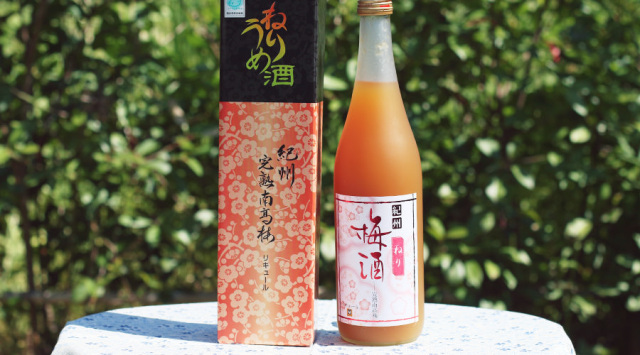
- View more
- Nakano BC
- "Chokyu" is made by slowly pickling and maturing Nanko plums grown by a special agricultural method. You will enjoy the mellow flavor and astringent aroma created by the long aging process. We recommend drinking it straight in a wine glass or on the rocks like whiskey. It goes well with cashew nuts, smoked cheese, and other snacks, as well as with chocolate.
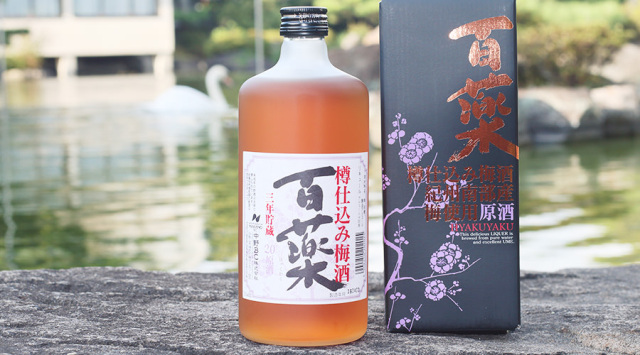
- View more
- Kishu Uguisuya, Sake no Kamakura
- "Babaano Umeshu" makes an impact with its naming and label illustration. It is made from fully ripened Nanko-ume plums from Kishu rather than plums grown for umeshu, and the famous Kumano water "Tomita no mizu" is used for the brewing water to accentuate its mild flavor. Please enjoy a total of 19 kinds of plum wine made with techniques and flavors that have been passed down from generation to generation.
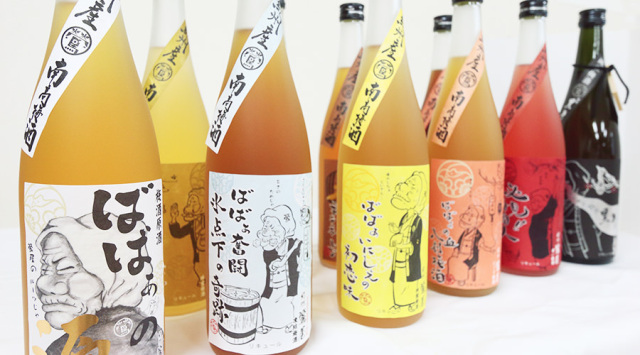
- View more
- Ishigamimura
- "HAMADA Umeshu with Gold Leaf" has won the Monde Selection top gold medal for five consecutive years. It is made from fully ripened Nanko plums grown in "aromatic loam cultivation," and the gold leaf gives it a luxurious feel that makes it a great gift. There is also a new series of "HAMADA," using only Kishu plums, with one-year, three-year, and five-year maturity. Please compare them to find your favorite one.
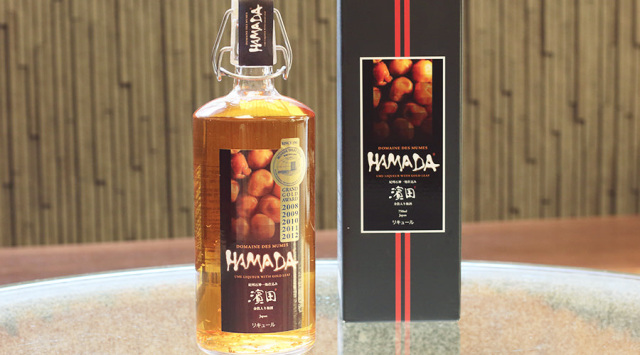
- View more(Japanese)
- Hakuryu Ume Honpo, Yokoyama Foods
- "AKATSUKI" with its rich flavor and mellow aroma, "WA ZIPANG" with the sharpness and flavor of sake, and "Ryu" with its clean taste, ideal for an aperitif, are all made from Nanko plums grown in the company's own plum orchards. By adding nothing but plums, sugar, and sake, the beverages are rich in polyphenols and potassium. The shop also sells pickled plums, jams, juices, and other products.
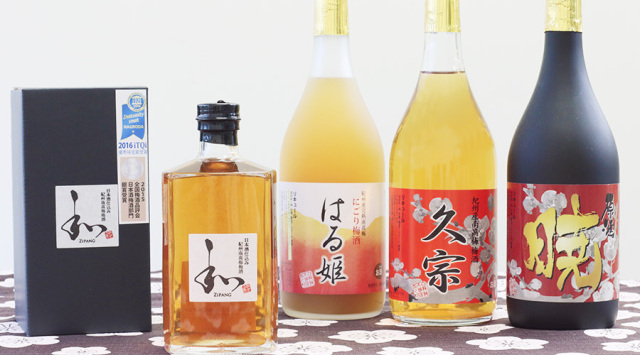
- View more(Japanese)
Koyasan Souvenirs
After visiting the temple, check out the souvenirs on the main street of Koyasan! You will find a wide variety of historical and interesting items, such as items used in the vegetarian cuisine served at the lodgings and famous confections that have inherited the traditional taste of the area. Some stores close early to accommodate the check-in time of the lodgings, so be sure to purchase your favorite items as early as possible.
- Sasamaki Anpu (fuzen main store)
- Japanese sweets made from fu, an essential ingredient in vegetarian cuisine. "Sasamaki Anpu" (a sweet bun made with fu) is made by wrapping the starch bean paste in fu mixed with mugwort and wrapping it in a leaf of kumazasa bamboo. Enjoy it with the aroma of bamboo grass.
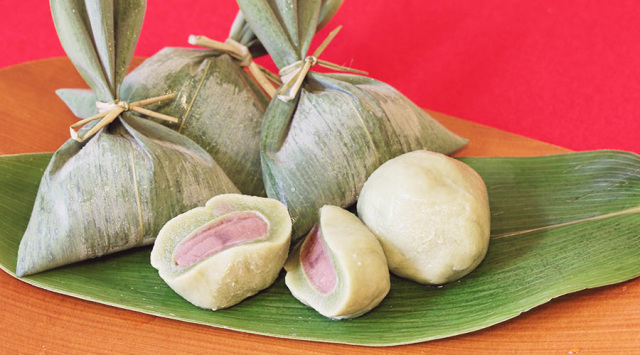
- View more(Japanese)
- Yakimochi (Kamikishiya)
- Koyasan was founded by an old woman who baked salted yakimochi, which became very popular. The sweet bean paste is wrapped in locally produced white rice cake or mugwort rice cake and baked. Yakimochi, which is made while preserving the traditional taste, has remained a popular souvenir for visitors to Koyasan.
- View more(Japanese)
Japanese confectionery
- Usukawa Manju (Gihei)
- Gihei is particular about the sweetness of its buns, which are made with a thin layer of sweet red bean paste. The shape of the bun is inspired by Hashiguiiwa, a scenic spot in Kushimoto Town, and the craftsmanship has been passed down for more than 100 years.
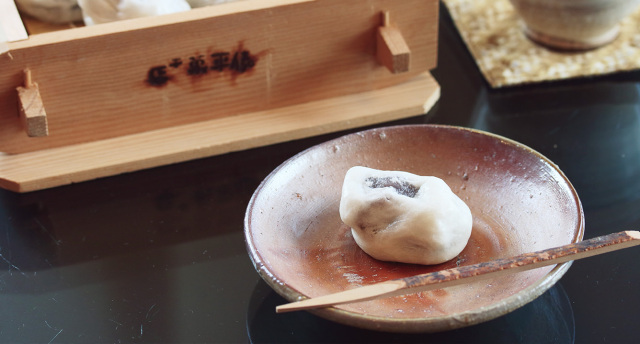
- View more(Japanese)
- Honnoji Manju (Sohonke Surugaya)
- Sake buns branded with the character "Hon" are a specialty of Sohonke Surugaya, which was created more than 400 years ago. In the Edo period (1603-1867), it was a food valued by travelers. Please enjoy the subtle flavor of sake while thinking about the historical romance.
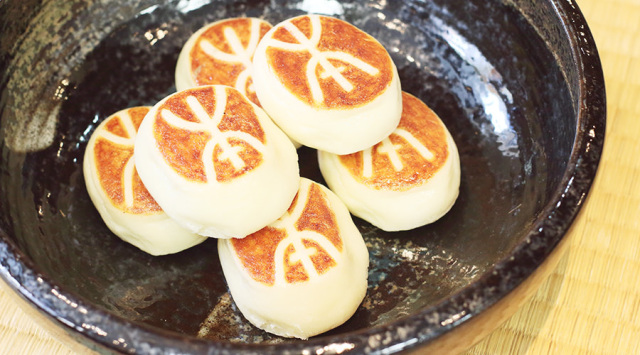
- View more(Japanese)
- Suzuyaki (Kobaido)
- This bite-sized sponge cake is said to be inspired by the sacred bells of the Kumano Sanzan. It is loved by people of all ages for its refined sweetness made with wasanbon (Japanese sugar). It is an original product of Kobaido, so be sure to stop by when you visit Shingu City.
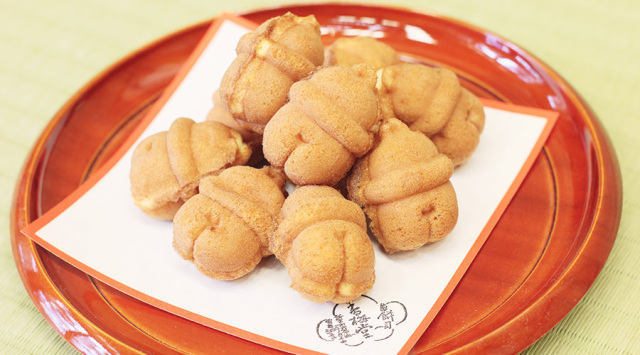
- View more(Japanese)
- Ume Glace (Fumiko Farm)
- The moist and soft amber-colored glace is a new type of sweet that makes use of the shape and taste of plums as they are. Carefully selected ripe Nanko plums are soaked only in honey and sugar. When you put it in your mouth, the sweet and sour aroma spreads softly.
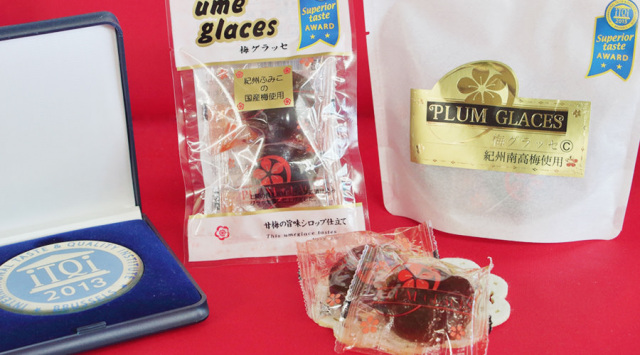
- View more(Japanese)
Western confectionery
- Deluxe Cake (Kishu Suzuya)
- Sponge cake dough with jam sandwiched in between and coated with white chocolate. The jam made from white beans gives the cake a subtle Japanese flavor. The palm-sized cake wrapped in silver paper and retro packaging is also attractive. It is recommended to eat it chilled.
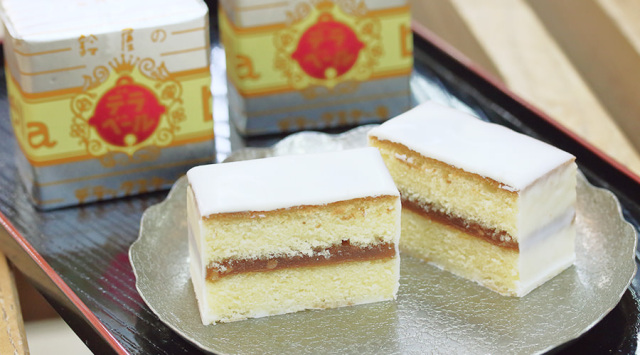
- View more(Japanese)
- Fuwari Mochi Strawberry (Pattiserie Kusugin)
- It is made with "Marihime," a strawberry original to Wakayama Prefecture. The fluffy cream is wrapped in gyuhi (one of the ingredients of Japanese confectionery, made by kneading white rice flour or rice cake flour with sugar and syrup), making this sweet like Daifuku. Please enjoy the sweetness, aroma, and texture of Marihime.
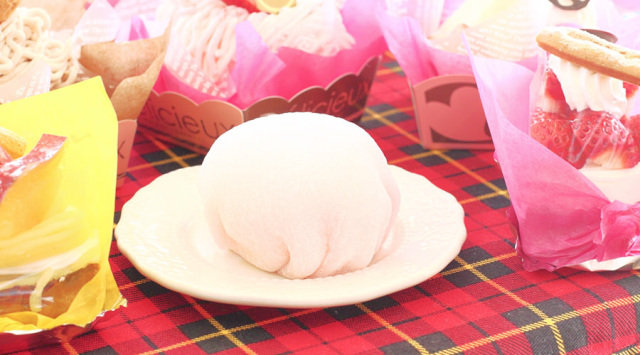
- View more(Japanese)
- Mikancier (Le Patissier Miki)
- This confectionery store is well known for its sweets made using locally grown fruit. By using white bean paste instead of the commonly used almond paste, they have developed a Japanese financier that goes well with Japanese tea and matcha green tea. The fresh aroma and elegant taste of Arida mandarin oranges make it a perfect gift.
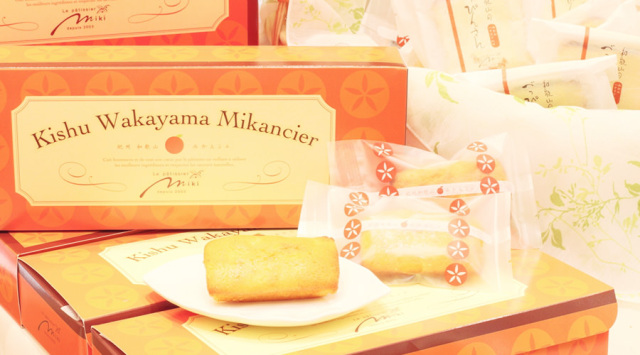
- View more(Japanese)
- Hassaku Pulo (Amity)
- Baked cake kneaded with powder of hassaku produced in Kinokawa. It is characterized by its crispy texture and bittersweet flavor. The slightly sour hassaku slices (dried fruit) on top are a perfect match!
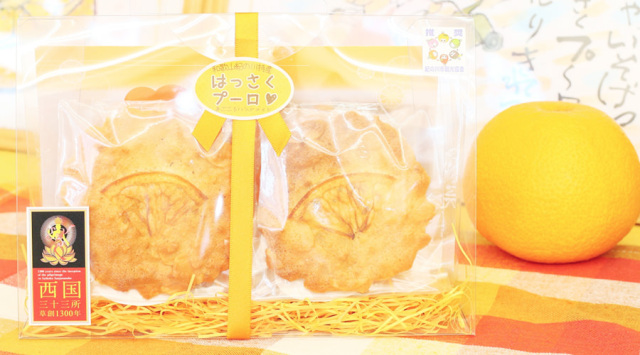
- View more(Japanese)
Soy Sauce in Yuasa
Yuasa Town is the birthplace of soy sauce, which is now loved around the world along with Japanese food culture. Yuasa Town is also recognized as a Japanese Heritage Site.
It is said that it all started with "Kinzanji Miso", which was brought back to Japan by Zen monks who had trained in China during the medieval period. Later, miso was actively brewed in Yuasa Town, where the water quality is excellent, and soy sauce was created by improving the liquid that accumulated in the vats during the production process.
The town is lined with townhouses and storehouses, and visitors can purchase soy sauce, enjoy soy sauce ice cream at the storehouse cafe, and tour the soy sauce storehouse. At the museum, visitors can learn about soy sauce production through dioramas and panels.
Traditional handicrafts
- Kishu Lacquerware
- It is one of the three major types of lacquerware in Japan, which is said to have originated in the Muromachi period(1336-1573). It is also called Kuroe-nuri because it is produced mainly in the Kuroe district of Kainan City. Simple, durable, and practical, Kishu lacquerware has been popular as daily necessities for common people since the Edo period(1603-1869). The Kishu Lacquerware Traditional Industry Hall, Uruwashi-kan, exhibits works of lacquerware and provides visitors with an opportunity to learn about the process and history of lacquerware production. Visitors can also try their hand at painting lacquerware using the representative technique of "maki-e" (advance reservations required).
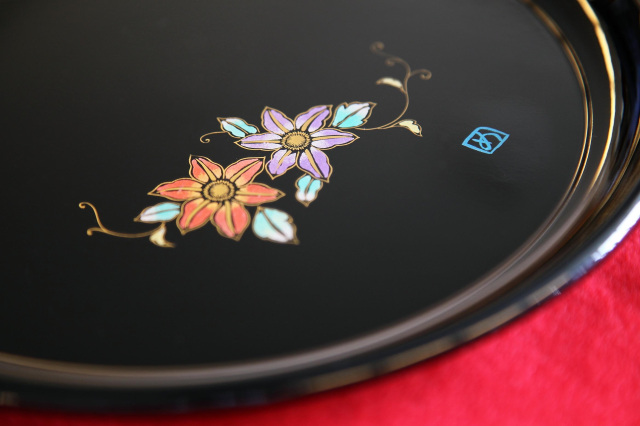
- View more
- Kishu Bamboo Fishing Rods
- A special fishing rod designed to catch crucian carp. Production flourished in Hashimoto City, located at the foot of Koyasan, where the material used, Koya bamboo, is produced. The rod is made from three types of bamboo, which are then combined to make the rod. Almost all of the processes leading to completion are done by hand. It takes one craftsman about a year to complete a rod, making it a gem that is coveted by anglers.
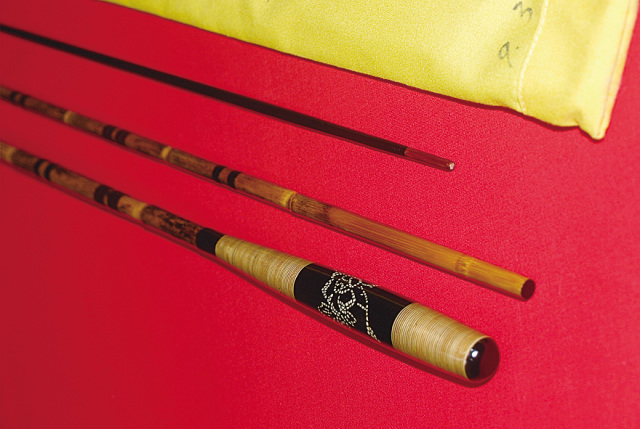
- View more(Japanese)
Where to buy
If you want to buy souvenirs, you should not miss the markets in each area. The lively atmosphere of the markets is fun to be in, with the lively staff calling out to each other! Fresh seafood, fruits, confections, and other attractive products are lined up in a narrow space, and are sold at relatively reasonable prices. If you visit the Kuroshio Market or the Tore-Tore Market, be sure to attend the tuna cutting show, where the tuna is cut right in front of your eyes.
If you are taking a road trip, a stop at a roadside station is also recommended. There are also local production/local consumption restaurants where you can eat local gourmet foods.
